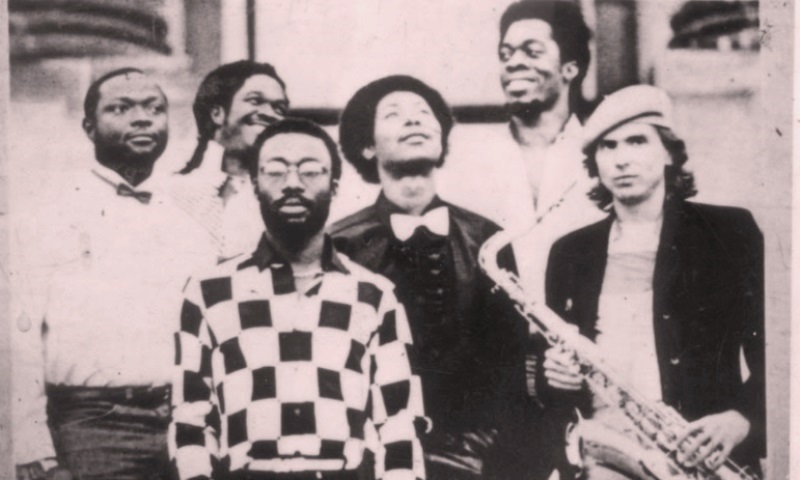Ghana’s traditional and current music styles are diverse, owing to the country’s global geographic location on the African continent. Highlife is the most well-known current Ghanaian genre. Until the arrival of Hiplife and other genres, Highlife was the popular music genre for many years.
Traditional Music
The musical traditions of the northern Ghana are part of the larger Sahelian musical traditions. It includes lyrical compositions on stringed instruments like the kologo lute and the gonjey fiddle, wind instruments like flutes and horns, and voice, as well as polyrhythms clapped or played on the talking drum, gourd drums, and breckets bass drums. Gyil (balafon) music is also popular, especially in northern Ghana near Wa and Lawra. Melisma plays a key role in melodic and vocal styles in northern genres, and music is generally set to a minor pentatonic or chromatic scale. Griot or praise-singing traditions have a long history in Africa.
Ghana coastal music is related to social gatherings and is based on complicated polyrhythmic rhythms played with drums and bells, as well as harmonized songs. Drums and dancing are frequently related, and the royal talking drums fontomfrom (as opposed to the northern talking drum) history means that music is commonly employed to communicate both tangible and esoteric concepts.The Kete and Adowa drum and bell ensembles are the most well-known of Ghana’s southern drum traditions. Traditional faiths can also be tied to music. The Akan tradition of singing with the Seperewa harp-lute, which has its origins in the stringed harps of the north and west, is an exception to this norm.

Traditional music performed by Nunya Music Academy
Gold Coast Highlife and Pop
There have been periods of music in the Gold Coast, with the mid twentieth century invention of Ghanaian Pop. The Gold Coast has been a hotspot of musical syncretism during the Gold Coast period lexie. Rhythms from Gombe and Ashiko, as well as mainline and Osibisaba guitar styles, European brass bands, and sea shanties, were all mixed together to become highlife. Swing, jazz, rock, ska, and soukous were all blended into highlife. E. T. Mensah and the Tempos Band music was popular in the Gold Coast. With the surprising success of Osibisa’s Afro-rock in the 1970s, Ghanaian artists achieved popularity in the United States and, temporarily, the United Kingdom. Around these early times there were Guitar Bands and Dance High-Life.

E.T. Mensah and the Tempos Band
Electric Guitar Bands, Pop-Dance Music and Burger-Highlife
Electric guitar bands and pop-dance music had surpassed traditional highlife by the beginning of the 1970s. Burger-highlife is a kind of highlife originated by the Ghanaian-German community. Burgher highlife was immensely popular in Ghana, especially following the addition of computer-generated dance rhythms. Reggae became highly popular in Ghana throughout the 1980s.

George Darko and others championed burger highlife in Ghana
Hiplife
Hiplife was discovered by a new generation of musicians in the late 1990s. Reggie Rockstone, a Ghanaian artist who experimented with hip-hop in the United States before developing his own style, is the creator of this style. Hiplife was essentially hip-hop in the Ghanaian native vernacular, with elements of traditional High-life thrown in for good measure.

Hiplife performance in Ghana. Photo credit: adomonline.com
Afro Beats
A new generation of singers brought the Afro beats genre, often known as Afro-pop, to the Ghanaian music industry in the late 2000s. It was popularized by artists such as 4×4 and Fuse ODG, among others, and has now become part of Ghanaian music culture.
